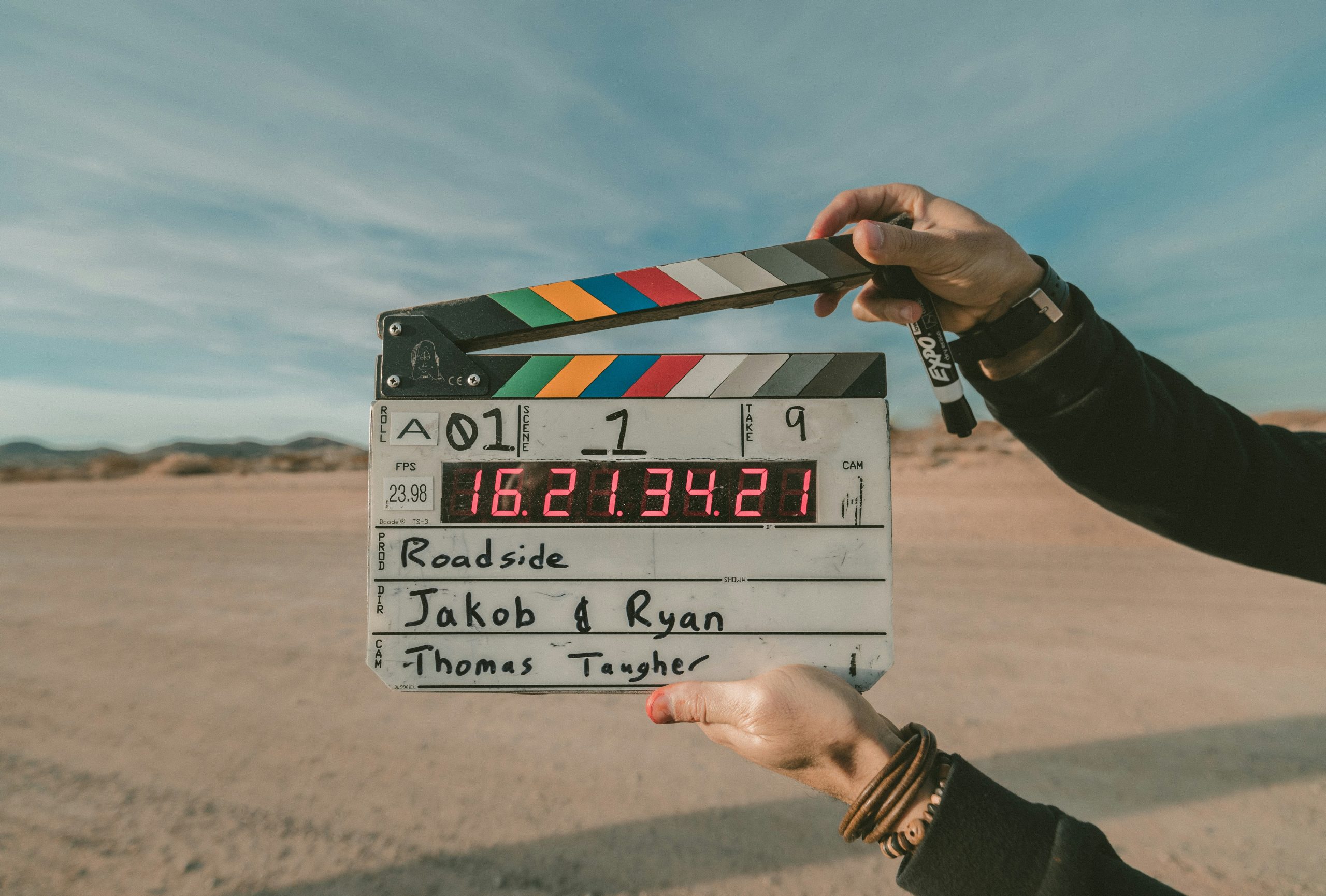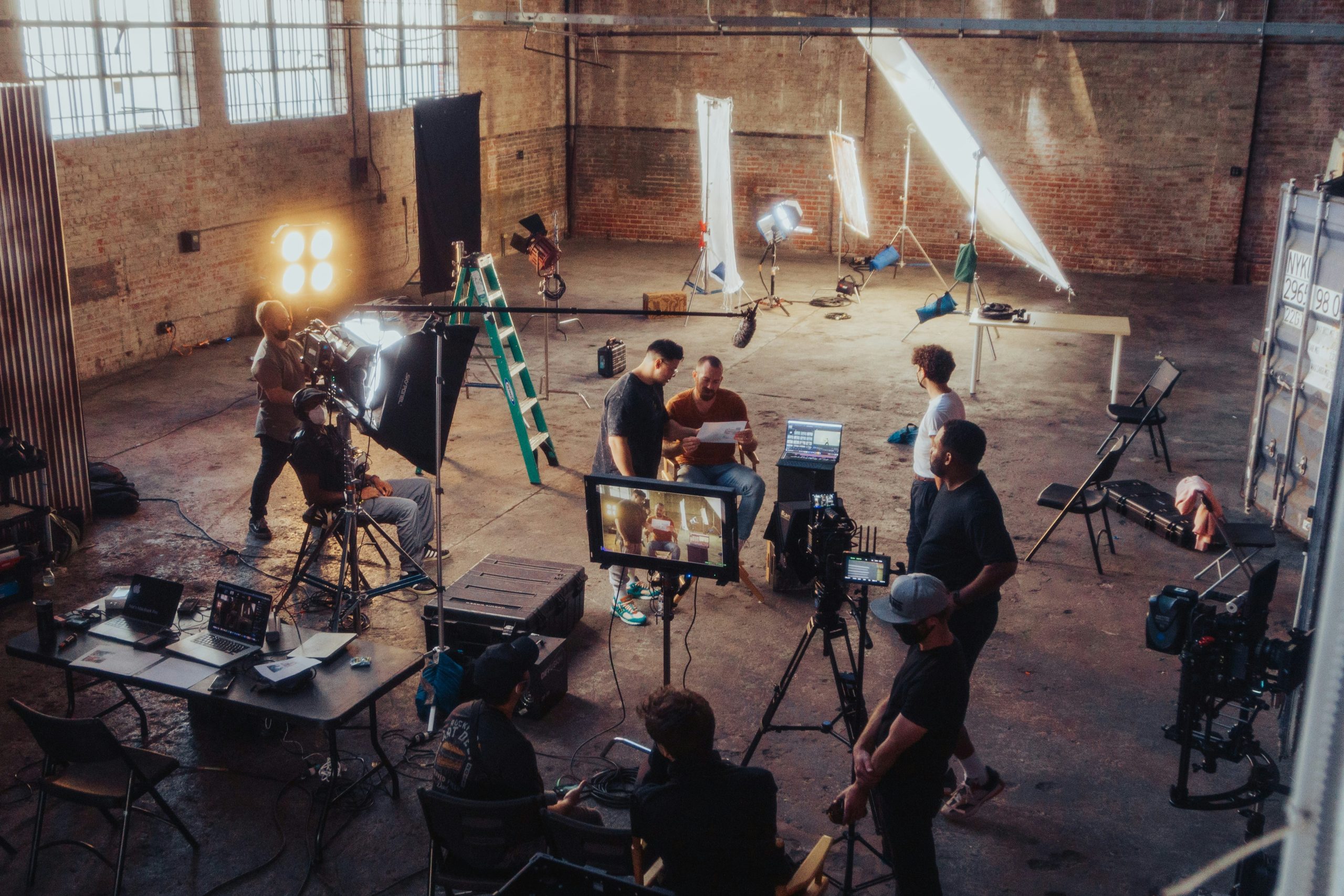
In today’s digital age, visual content plays a pivotal role in the marketing strategies of businesses across industries. From eye-catching product photography on websites to engaging video testimonials on social media, visuals are a powerful way to capture the attention of your target audience. However, using visual content comes with a set of legal responsibilities and considerations that every business owner should be aware of. In this comprehensive guide, we will explore the essential aspects of visual content licensing and usage rights.
The Creative Spark Guide to Visual Content Licensing
1. Understand Copyright Basics
Copyright is the bedrock of intellectual property law that grants creators exclusive rights to their original works. Visual content, such as photographs, videos, illustrations, and graphics, is no exception. As soon as a visual work is created and fixed in a tangible medium (e.g., saved as a digital file or printed), it is automatically protected by copyright. This means that the creator has the exclusive right to reproduce, distribute, display, and create derivative works from it.
For businesses, this means you cannot simply use any visual content you find on the internet without considering its copyright status. Doing so can lead to copyright infringement, which may result in legal consequences, including hefty fines and damages.
2. Types of Licensing
Visual content can be broadly categorized into three types of licensing:
Public Domain: These are works that are not protected by copyright, either because the copyright has expired, the creator has explicitly waived their rights, or the content was never eligible for copyright protection. Public domain content is free to use for any purpose, and you don’t need permission or attribution.
Royalty-Free: Royalty-free content can be used by paying a one-time fee or subscribing to a service. While you can use these visuals for multiple purposes, there are often some limitations or restrictions outlined in the licensing agreement. It’s essential to carefully read and abide by these terms.
Rights-Managed: Rights-managed content is licensed for specific uses, and the terms of use are negotiated between the content creator or licensor and the user. The fee, duration, and scope of use are typically customized to fit the specific needs of the business.
3. Stock Media Libraries
One of the most common sources of visual content for businesses is stock photo and video libraries. These platforms offer a vast selection of images and footage for various purposes. When using content from stock libraries, it’s crucial to understand the specific licensing terms associated with each asset. Different images and videos may have different usage restrictions, so always double-check the licensing agreement.
4. Creative Commons Licenses
Some creators choose to share their work under Creative Commons licenses. These licenses offer a more flexible approach to copyright, allowing creators to grant specific permissions to users. The most common Creative Commons licenses include:
Attribution (CC BY): Allows you to use, modify, and distribute the work, even for commercial purposes, as long as you provide proper attribution to the creator.
Non-Commercial (CC BY-NC): Allows use, modification, and distribution for non-commercial purposes only. Commercial use requires explicit permission from the creator.
No Derivatives (CC BY-ND): Allows redistribution, even commercially, but only in its original form, with no modifications allowed.
ShareAlike (CC BY-SA): Allows you to use, modify, and distribute the work, even commercially, as long as the derivative work carries the same or a compatible license.
Understanding these licenses is crucial when using Creative Commons content to ensure you don’t find yourself in legal trouble.
5. Check Licensing Terms
Whether you’re using content from a stock library or a Creative Commons-licensed source, always read and understand the licensing terms associated with the visual content you intend to use. These terms may include:
Usage Limits: Some licenses may limit the number of times you can use an image or video.
Usage Duration: Consider whether the license is perpetual (for an unlimited period) or time-limited.
Restrictions: Be aware of any restrictions on usage, such as geographical limitations or the prohibition of using the content for certain purposes.
6. Attribution and Credits
When using Creative Commons content that requires attribution, you need to provide proper credit to the creator. This typically involves mentioning the creator’s name and the source of the content. The specific attribution requirements can vary depending on the license, so, as we’ve mentioned before, always check the terms.
Additionally, even if a license doesn’t explicitly require attribution, it’s often considered good practice to give credit to the creator whenever possible. This not only respects the efforts of content creators but also helps build a positive relationship with the creative community.
7. Licensed vs. Exclusive Content
In the world of visual content, you may encounter the terms “licensed” and “exclusive.” Understanding the difference between these two can impact how you use visual assets in your marketing materials.
Licensed Content: Most visual content, whether from stock libraries or individual creators, is licensed. This means you pay for the right to use the content within the terms specified by the license.
Exclusive Content: Some content creators may offer exclusivity, meaning that they will not license the same content to anyone else during a specific period or for a particular purpose. Exclusive content often comes at a higher price but can help your marketing materials stand out from the competition. Ensure that you fully understand the exclusivity terms and negotiate them clearly with the creator.
8. Legal Consequences of Infringement
Ignoring or misunderstanding visual content licensing and copyright laws can lead to significant legal consequences for your business. Copyright infringement can result in:
Fines and Penalties: If you are found to have used visual content without the appropriate license or permission, you may be liable for monetary damages.
Legal Fees: Defending against copyright infringement claims can be costly, involving legal fees and court expenses.
Damage to Reputation: Copyright infringement cases can attract negative publicity and damage your brand’s reputation.
Cease and Desist Orders: You may be required to stop using the infringing content immediately.
To avoid these consequences, it’s crucial to prioritize compliance with licensing agreements and respect the rights of content creators.

The Best Solve for Great Content that’s Worry-Free
Imagine having access to a treasure trove of stunning, high-quality visual content tailor-made for your brand, all while avoiding the legal quagmire of licensing and usage rights. This dream scenario becomes a reality when you invest in a professional photographer.
Why hiring a professional photographer makes excellent business sense:
1. Customization: Professional photographers work closely with you to understand your brand’s vision and goals. They create visuals that align perfectly with your identity, creating a seamless brand narrative.
2. Exclusive Content: When you hire a professional photographer, you get exclusive content that’s unique to your brand. Not only is the content made for you alone, it also stands out from stock images and videos, setting you apart from competitors.
3. Legal Peace of Mind: Because the visual content is yours, with a legal contract to back those rights up, you don’t have to worry about any of the myriad potential usage violations when you use work that wasn’t custom-made for your business.
4. Consistency: Working with a professional ensures a consistent style and quality across all your visual content. This consistency is vital for building a strong and recognizable brand image.
5. Flexibility: Professional photographers can adapt to your changing needs, whether it’s product shots, headshots, or event coverage. Their versatility ensures you always have the right images at your disposal. And, as we mentioned above, all of those different images have the same feel–they’re consistent with one another.
6. Cost-Effective: While hiring a professional photographer may seem like an upfront investment, it can prove to be the most cost-effective option in the long run. You also won’t have to worry about unexpected legal fees, fines, or the need to constantly purchase licensed content.

The world of visual content can be a challenging and legally precarious terrain. However, by enlisting the expertise of a professional photographer, you gain a powerful ally in your marketing efforts. They provide you with exclusive, customized, consistent, and legally secure visuals that enhance your brand’s image and messaging.
So, why navigate the labyrinth of licensing and potential legal troubles when you can have precisely the right images created just for you? It’s not just a smart choice; it’s a strategic one that can elevate your brand and make you stand out from the crowd. At Creative Spark Productions when we create content for you, you will always receive exclusive rights to publish and display your photos and videos how you choose in perpetuity. Ready to get started creating content for your business? Contact us today for a free quote.
